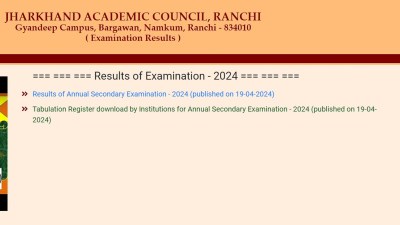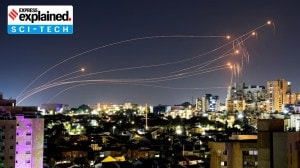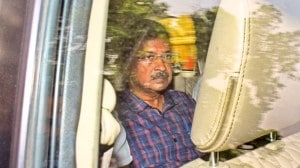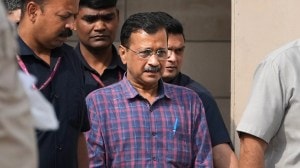- India
- International
Listen to the Shahar
The city is a big, noisy place, and what began as a single-volume anthology has burgeoned into two.
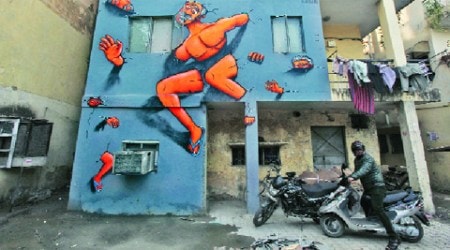 Urban Legend: (Top) A kali-peeli in Mumbai; graffiti in Shahpur Jat, Delhi.
Urban Legend: (Top) A kali-peeli in Mumbai; graffiti in Shahpur Jat, Delhi.
Book: The Oxford Anthology of the Modern Indian City
Volume I: The City in its Plenitude
Vol 2: Making and Unmaking the City—Politics, Culture, and Life Forms
Author: Vinay Lal (ed)
Publication: Oxford University Press
Pages: 382 & 469
Price: Rs 950 each
Venkaiah Naidu, a key BJP politician, was rural development minister in Atal Bihari Vajpayee’s government. He is now back as Narendra Modi’s minister for urban development, housing and urban poverty alleviation. The portfolio switch tacitly acknowledges that India is unlikely to continue to live in its villages. Over the last decade, urban administrations have felt pressed by increasing migration from hinterlands and now, a fresh wave of urbanisation is encroaching upon the countryside. Vinay Lal’s double-barrelled anthology on Indian cities comes at a time when India is turning away from Gandhi’s rural idyll towards William Gibson’s urban sprawl — which is not necessarily a dystopia.
The city is a big, noisy place, and what began as a single-volume anthology has burgeoned into two. Lal has averted a trilogy by restricting himself to modern times, but this stratagem excludes some of the most intriguing writing on the Indian city in antiquity. The story of India began in the cities of the Indus Valley, and DD Kosambi’s illuminating speculations about the Great Bath and the persistent centrality of water in Indian culture and religion should have belonged in this collection. The great Indian story revolves around Hastinapur and Indraprastha, which is a very lived-in region of Delhi. Megasthenes noted the birth of the modern capital under Chandragupta, whose administration was mindful of the needs of diplomats from overseas. The Arthashastra has a number of passages prescribing the layout of the ideal imperial capital, including intriguing facilities like tunnels to conceal the restless hithering and thithering of the intelligence community.
Lal excludes all this, but offers a taste of all that is modern. Before browsing these volumes, I had closed my eyes and free-associated from the word shahar. The first five associations of the word are all here. Well, all but the first, which was: “Shahar Kalkatta — badi bustee. (The city of Calcutta, a vast slum.)” That was apparently Nawab Wajid Ali haSh’s observation upon entering Calcutta, and exile. Being apocryphal, it has no place in this book, but Suketu Mehta is here – from Granta, though, not Maximum City. Ashis Nandy writes on the unique opportunities of discovering and negotiating identity that the city offers. Manoj Mitta and H.S. Phoolka visit Delhi’s Trilokpuri in 1984, the year the capital lost its innocence. And there is the Bengali poet Nirendranath Chakravarty’s extraordinary Calcutta’s Jesus (Kolkatar Jishu), a modern Nativity song celebrating a beggar-woman’s child who has just learned to walk, chosen to cross the road and, by starting on life’s journey, has brought the roaring, gear-gnashing traffic of the big city to a halt.

Of course, this collection feels a bit incomplete. Few wide-ranging anthologies do, since they must necessarily echo the preferences of their compilers. For instance, Sahir Ludhianvi’s Main Bambai ka babu from BR Chopra’s Naya Daur is here, expressing the huge divide between town and country, between the fortunate and the underclass, wrought by modernity. But perhaps it was depicted more powerfully by Amit Maitra and Sombhu Mitra’s Jagte Raho and Bimal Roy’s Do Beegha Zamin. But these, too, are personal choices.
The voices here are wonderfully varied, from Dhoomil to Charles Correa, from Mangalesh Dabral to Diana L. Eck, but there is one big hole in the air at the reader’s shoulder that’s impossible to overlook: Arun Kolatkar, the poetic chronicler of south Mumbai. His Kalaghoda Poems were a defiance of death, a volume rushed to press by his friends when he was diagnosed with terminal cancer, so that the extraordinary bilingual poet could see them in print, 20 years after he had last published in English — for want of an English publisher he liked. Without Kolatkar, the poet laureate of Kalaghoda, literary Mumbai remains an incomplete cityscape.
But generally, the variety of the modern Indian city is represented well. Gieve Patel appears as both painter and poet. Sumanta Banerjee writes on ‘Laughter as subversion in 19th century Calcutta’s popular culture’, while Nissim Ezekiel’s Irani Restaurant Instructions serves ethnic humour straight up: “Do not write letter, / Without order refreshment/ Do not comb,/ Hair is spoiling floor/ Do not make mischiefs in cabin/ our waiter is reporting/ Come again…”
In English, Indian cities have not enjoyed the evocative power of their western peers. There is no widely accessible Indian equivalent of James Joyce’s Dubliners. There are great novels, plays, poems, stories and films in several Indian languages in which the metropolis is more than a vast backdrop, and becomes the prime mover. But appreciation tends to remain restricted to language zones, and to the small community of translators and translation publishers who have changed the direction of Indian publishing over the last 20 years. Recently, the English translation of Shankar’s Bengali novel Chowringhee drew admiration. But Shankar, a fine storyteller, is no Joyce.
Until the end of the 20th century, the city seemed to be the province of architects, urban planners and bureaucrats. About that time, work on the Indian city, across languages and disciplines, began to draw attention. Fifteen years later, this book is a reminder that always, the Indian city has been a many-tongued hubbub. And if we have listened indifferently to the vernacular and taken the English discourse too seriously, we should have known better.
Apr 19: Latest News
- 01
- 02
- 03
- 04
- 05











